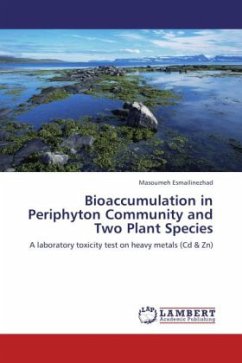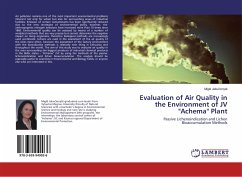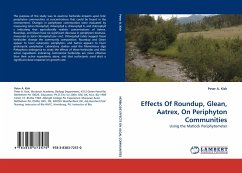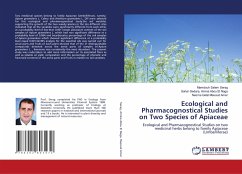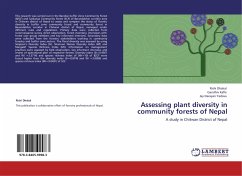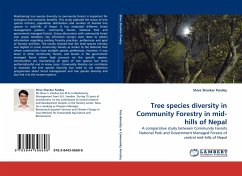Bioaccumulation refers to the accumulation of toxic chemicals or substances such as heavy metal ions in an organism. This phenomenon occurs when the rate of absorption of a substance is greater than the rate at which the substance is lost. Many toxic organic chemicals attain concentrations in biota several orders of magnitude greater than their aqueous concentrations, flagging a serious threat to both the biota of surface waters and the humans that feed on these surface-water species. Some of plants and periphyton community have greater accumulation capability which could be applied for environmental monitoring. Zinc bioaccumulation and phosphate interaction effects on productivity of periphyton community and Cadmium bioaccumulation in grazing chain are studied and discussed in this book, by using artificial streams and in situ techniques for determination of bioaccumulation ability of two plant species, wheat (Triticum aestivum) and barley (Hourdum Vulgar).
Bitte wählen Sie Ihr Anliegen aus.
Rechnungen
Retourenschein anfordern
Bestellstatus
Storno

